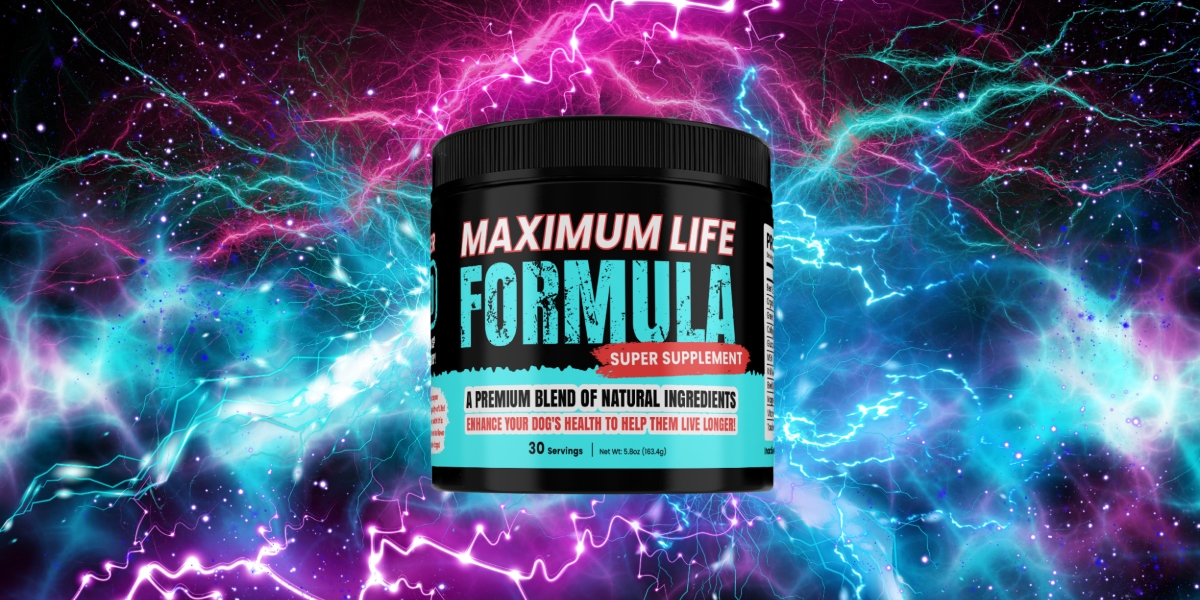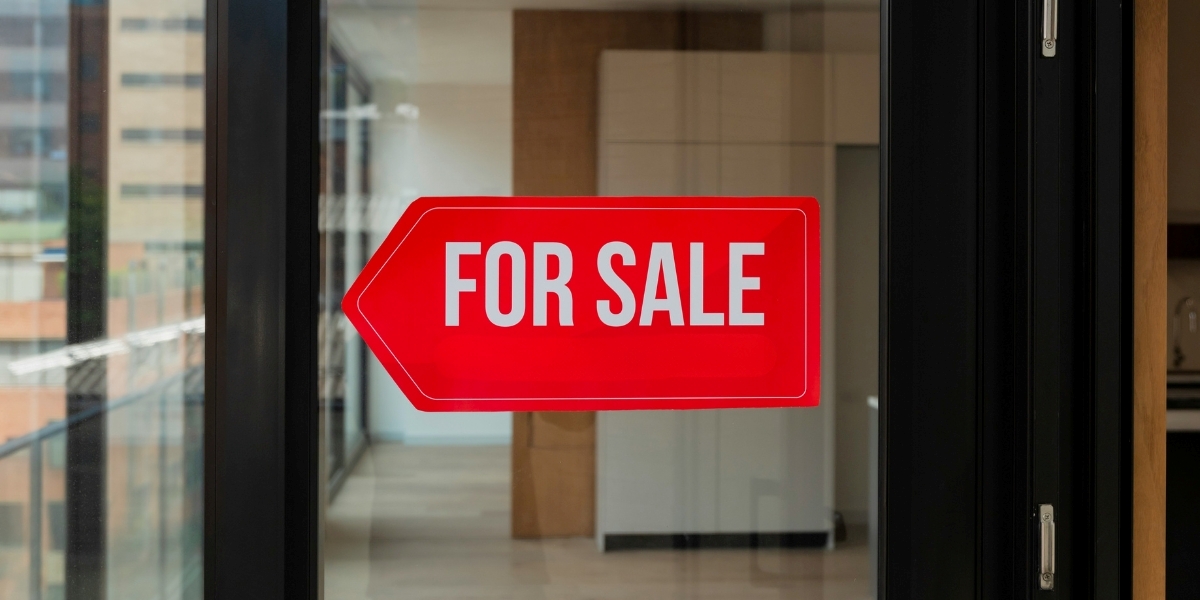Optimizing for search engines is more critical than ever for Shopify store owners aiming to elevate their online presence in 2024. With the competitive landscape of e-commerce constantly evolving, ensuring that your Shopify store ranks highly on search engine results pages (SERPs) is key to driving traffic and converting leads into loyal customers. Backspace Marketing, a leading digital marketing agency specializing in e-commerce growth, has put together a detailed SEO optimization checklist to guide Shopify store owners toward success.
This guide, designed for beginners and seasoned Shopify merchants, provides actionable steps to improve search engine rankings and visibility significantly. From foundational keyword research to advanced technical SEO checks, this comprehensive approach offers a clear roadmap to better search performance in 2024.
Keyword Research and Planning
The cornerstone of any successful SEO strategy begins with robust keyword research. This means identifying high-value, relevant keywords for Shopify stores that align with your target customers’ search intent. You can optimize product pages, blog content, and category descriptions to improve your visibility by focusing on keywords that match what your audience is actively searching for.
Backspace Marketing emphasizes the importance of using tools like Google Keyword Planner and SEMrush to uncover these valuable keywords. The goal is to find terms with substantial search volume but manageable competition. Terms like “Shopify SEO expert,” “Shopify SEO,” and “SEO Shopify” should be prioritized as they resonate with e-commerce businesses looking to boost their search performance. Implementing these strategically will ensure your content is optimized for relevance and reach.
On-Page SEO Optimization
Once you have identified your target keywords, the next step is on-page SEO. Optimizing on-page elements ensures that your Shopify store communicates effectively with search engines and users. This includes enhancing title tags, meta descriptions, and product descriptions. By crafting engaging and keyword-rich meta titles and descriptions, you can improve rankings and increase click-through rates.
For instance, product descriptions should include natural keyword usage without appearing overly optimized. Avoid keyword stuffing, as it can lead to penalties. Instead, write compelling and informative descriptions that guide the customer through buying while subtly incorporating essential keywords. Every product page should have a unique meta description to avoid duplicate content, which can negatively affect rankings.
Paul Fitzgerald, CEO of Backspace Marketing, highlights the importance of consistent on-page optimization: “Following a clear SEO optimization checklist can make a world of difference for Shopify stores. Our guide provides actionable steps that store owners can implement to achieve sustainable SEO success.”
Technical SEO Checks
Technical SEO refers to backend optimizations that ensure your website is easy for search engines to crawl and index. Shopify store owners must pay attention to site structure, page speed, and mobile optimization to ensure their stores perform well on SERPs.
A well-structured site with a clean URL hierarchy makes it easier for search engines to understand and categorize your content. Additionally, ensuring that your site is mobile-friendly will be non-negotiable in 2024, as more shoppers will use mobile devices for online purchases. Shopify provides several mobile-optimized themes, but further tweaks might be necessary to ensure a smooth user experience across all devices.
Page speed is another crucial factor. Slow-loading pages can lead to high bounce rates, negatively impacting both user experience and SEO rankings. Compress images, leverage browser caching, and consider using a content delivery network (CDN) to ensure fast loading times. Regularly run your site through tools like Google’s PageSpeed Insights to monitor and improve performance.
Content Optimization
Content remains one of the powerful tools for boosting SEO rankings. E-commerce businesses should create relevant, high-quality content that meets their audience’s needs and interests. Blogs, product guides, and how-to articles are great ways to incorporate keywords naturally and build authority in your niche.
The key to effective content optimization is freshness. Regularly update your content to signal search engines that your website is active and relevant. Backspace Marketing advises Shopify store owners to create a content calendar that aligns with SEO goals, ensuring that new, optimized content is regularly added to the site.
Product pages also play a central role in content optimization for Shopify stores. Keep product descriptions updated and ensure each one includes engaging, keyword-optimized text that provides value to the reader. This will increase the likelihood of ranking for both short-tail and long-tail keywords related to your products.
Link Building
Link building is an often overlooked but crucial element of SEO success. Acquiring high-quality backlinks from authoritative websites can boost your Shopify store’s credibility and rank higher on SERPs. However, quality matters more than quantity when it comes to link building. One well-placed link from an authoritative website can have a more significant impact than multiple low-quality links.
To build a strong backlink profile, consider guest blogging, influencer outreach, or partnerships with complementary businesses. Backspace Marketing encourages Shopify owners to be strategic in their link-building approach, focusing on acquiring links from sites relevant to their industry and niche.
The Backspace Marketing Advantage
Backspace Marketing’s tailored approach to Shopify SEO helps businesses confidently navigate the complex landscape of search engine optimization. Founded in 2004, the agency has empowered countless e-commerce brands to achieve sustainable growth through customized SEO strategies. Their emphasis on data-driven insights, collaborative partnerships, and cutting-edge techniques makes them a trusted partner for businesses seeking long-term success.
For Shopify store owners, following a clear SEO checklist can make a substantial difference in online visibility and revenue growth. With Backspace Marketing’s guide to 2024 SEO premier practices, businesses can optimize their Shopify stores, attract more customers, and drive sustainable growth.
Contact:
Paul Fitzgerald (CEO)
demo@backspacemarketing.com
Phone: +1 (866) 607-7888
Instagram: https://www.instagram.com/backspacemarketing
LinkedIn: https://www.linkedin.com/company/backspacemarketing/
Website: https://backspacemarketing.com/
Published by: Khy Talara










